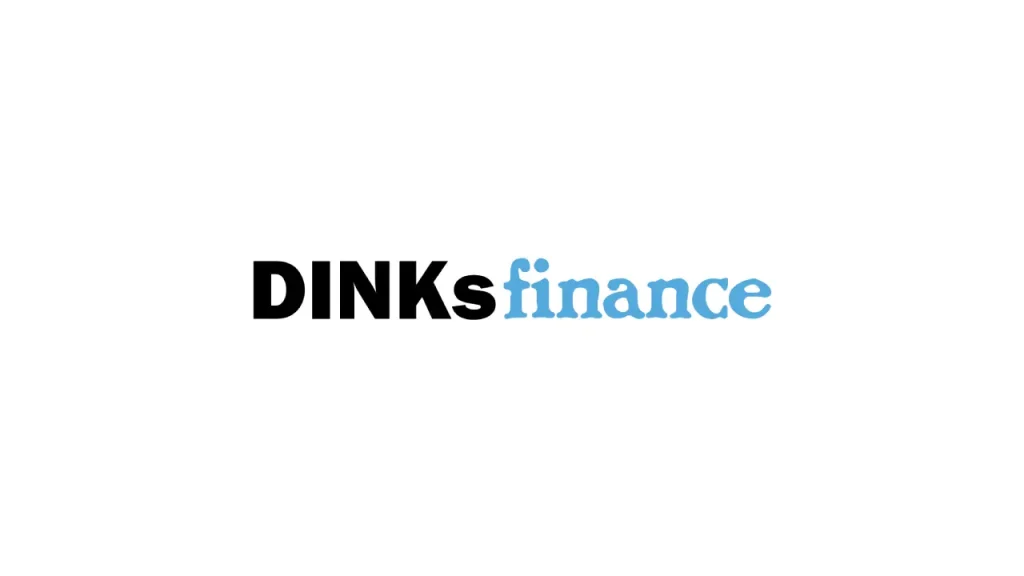I always considered student loan debt to be good debt. Well, not exactly “good”, but in a different class of debt; one that was judged more favorably than credit card debt. I thought this was especially true for someone around my age (25), considering around 2/3 of students graduating from a four-year college have at least some student loan debt. I reasoned that these facts would be taken into account when a loan, credit card or mortgage application was being considered, but apparently that isn’t always the case.
Recently I was visiting a friend of mine when the discussion of money came up. As we stood in his kitchen and drank our beer, he told me about his desire to obtain a credit card. He had one years ago but closed the account after not using it for some period of time. But he wanted to build his credit rating a bit and possibly take advantage of a rewards program, so he had applied for a standard credit card at his bank and was summarily rejected.
This came as a bit of a surprised to the both of us; we work in the same industry and I know generally how much he makes. I also spend enough time around him to know that he doesn’t blow a lot of money. He lives well within his means so I was curious as to why he was rejected.
After speaking to his bank’s credit underwriters, he told me that the reason given for his rejection was “a high student loan balance”. His student loan balance is high (around $50,000) but at the same time he has a higher than average salary for where he lives and no debt other than the student loans. I found his rejection very strange.
It looks like my friend is the victim of poor timing more than anything else. When FICO is determining a credit score, they lump debt into two categories: installment and revolving. Examples of installment-based debt include car loan, mortgages and student loan debt, while credit card debt is considered revolving.
In the past, installment debt was looked upon more favorably than revolving debt, to the point where having high installment debt wouldn’t necessarily be a show-stopper when applying for a line of revolving credit – in most cases it would take a high installment debt balance (or more specifically, a high debt-to-income ratio) plus other negative marks such as late payments or a high debit-to-credit ratio on any revolving credit lines.
However, with the current credit tightening still an issue, a lot of banks who experienced a liquidity crisis in 2008 are reluctant to loan money to all but ideal borrowers. In some cases, banks are choosing to shore up their cash reserves instead of lending that money out (which runs contrary to the intent of the bank bailouts, but that’s a separate issue).
Unfortunately, it looks like my friend just went to the wrong bank at the wrong time, and given the choice between lending to an individual with little to no student loan debt, or to my friend who has a higher than average student loan balance, an institution that is still smarting from the credit crisis is going to go with the individual who has the fewest risk factors, even if other applicants would typically be described as “low risk”.
What my friend’s situation shows is that first of all, there is no such thing as “good debt” and secondly, it illustrates how deep of an impact our financial crisis has had. A couple years ago lenders would have been throwing thousands of dollars of credit at my friend. But now, even as some prognosticators have declared the end of the recession in sight, lending institutions, the backbone of our economy, are still a little bit more anxious to lend out money than they have been in the past. It can be validly debated on either side whether that’s a good thing or not, but nonetheless, it is certainly a change from only a few years ago and will affect the ability for people to get a loan and utilize that credit.
In my next post I’ll discuss credit ratings a bit more. I’ll talk about some common misconceptions as well as details regarding what actually goes into coming up with a score.
-Michael


No Comments yet!